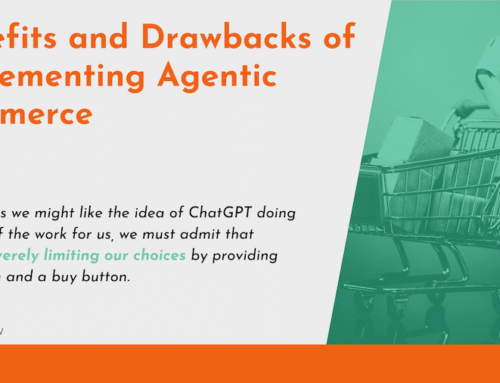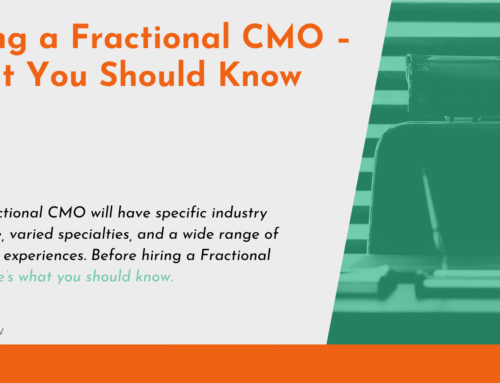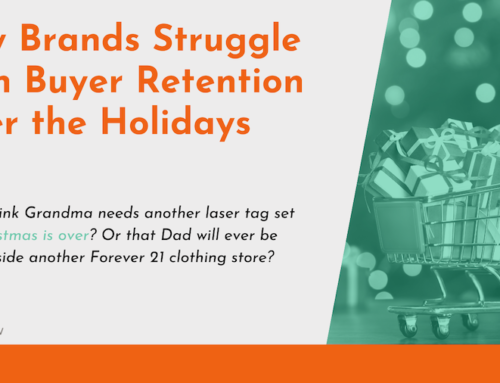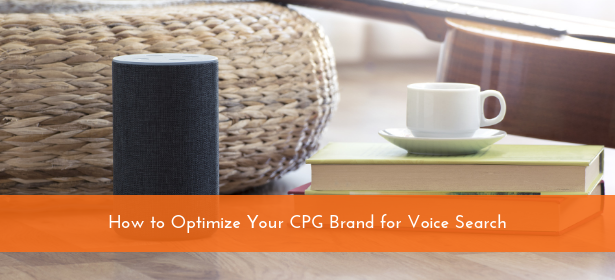
Once upon a time, consumer packaged goods were discovered through traditional advertising (print, television, and radio) or through placement on supermarket shelves. While this may still be enough for food and beverage brands to reach a portion of their target audience, marketing has taken a huge shift toward the use of technology to spread the word.
After the introduction of the internet, brands discovered that search engine optimization could help them reach new buyers and extend their reach beyond local stores. Social media only helped to further that reach, especially as CPG brands learned to optimize social searching while engaging their new fans.
Technology marches on, and now we’re in the era of voice assistants that help us through smartphones, tablets, and in-home smart speakers to create shopping lists, discover new brands, retrieve recipes, and even make purchases.
While only 29.9% of US consumers use voice assistants such as Google Assistant, Siri, Cortana, and Alexa to find or purchase products, we can expect that number to continue rising.

Recognizing the need for voice search optimization is one thing. Putting it into practice is another. Here are some ways you can prepare for the future of voice search for your CPG brand.
SEO Is a Great Start
The good news is, if you’ve already worked hard to optimize your website and social media accounts with keywords specific to your brand, you’re in good shape. The most basic of searches, such as “Hey Siri, what organic, gluten-free pasta brands exist?” will help get your organic, gluten-free pasta brand found, as long as you’ve made use of those specific keywords.
To really step things up a notch, be sure to include information about where your brand can be found. Imagine a mom planning to stop at the grocery store on her way home. She doesn’t want to waste her time digging around the Kroger a mile away if your products aren’t there. She’d rather drive another mile or two to the Safeway and save time.
By providing that information through a voice search on Google Assistant, Siri, or Cortana, you save that mom a lot of time, and probably make her a big fan. Ways to accomplish this could be a listing of grocery stores and supermarkets that carry your products, specific geographic locations where your products are sold, and even online shopping options, if you have those available.
AdWords Extensions
As you’ll see from the chart, the most common search term used with Google Assistant is the directive “near me.” If you consider the mom searching grocery stores for your products in the previous example, then you can begin to see how this particular keyword could increase your sales—and your fan base.
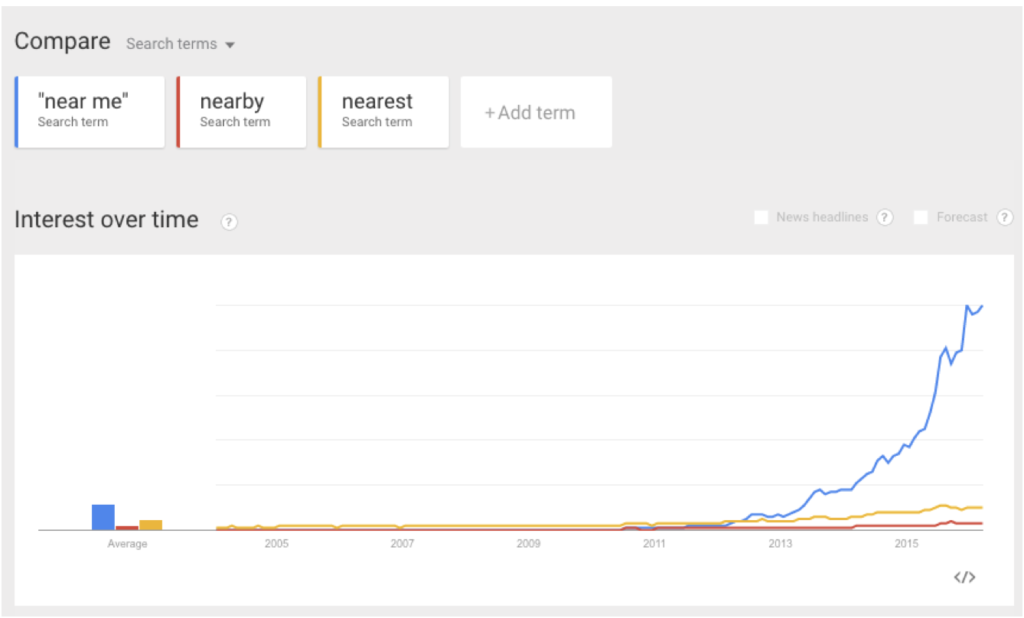
In order to make the most of the “near me” function, there are a few things you can do. First, use AdWords’ location extensions to include locations. This might be difficult if your products are featured in various supermarkets and boutique shops, but you don’t have your own specific storefront for your brand.
However, you can still make use of the extensions with other options, including your latest specials and offers, product features and benefits, and—again—those shopping locations where your products can be found. With this in mind, you can picture that mom’s search going something like this:
“OK Google, which grocery stores in Henderson carry Seneca Sweet Potato chips?”
“Kroger, Publix, and Safeway in Henderson all carry Seneca brand Sweet Potato chips.”
“OK Google, which Publix is near me?”
Investigate Audio Logos
When advertising on TV and radio became commonplace, brands realized they needed something catchy that would stick in the minds of the buyers they hoped to reach. From there came the jingles many of us remember even today, including “J-E-L-L-O” and “I’d love to be an Oscar Mayer wiener.”
Perhaps due to shrinking attention spans, or maybe because of shifting attention to hit songs by pop stars, jingles have gone by the wayside. Instead of identifying brands by catchy tunes, we now recognize them through something called an audio logo.
Audio logos are generally very short, perhaps only a handful notes or chords, that quickly identify a brand. What comes to mind when you think about the NBC network? Those three short tones, right? Can you quickly identify the sound heard when firing up Netflix? Can you hear the T-Mobile chimes in your head, just as if a commercial were playing in the next room?
While these audio logos may not help you in a voice-activated internet search, there are other ways you can bolster your brand with them.
To the Future
While Google Assistant and Apple’s Siri still dominate the field for voice search, smart speakers are beginning to turn the tide. Amazon Echo and Google Home are found in a collected 69.3% of homes that contain a smart speaker.
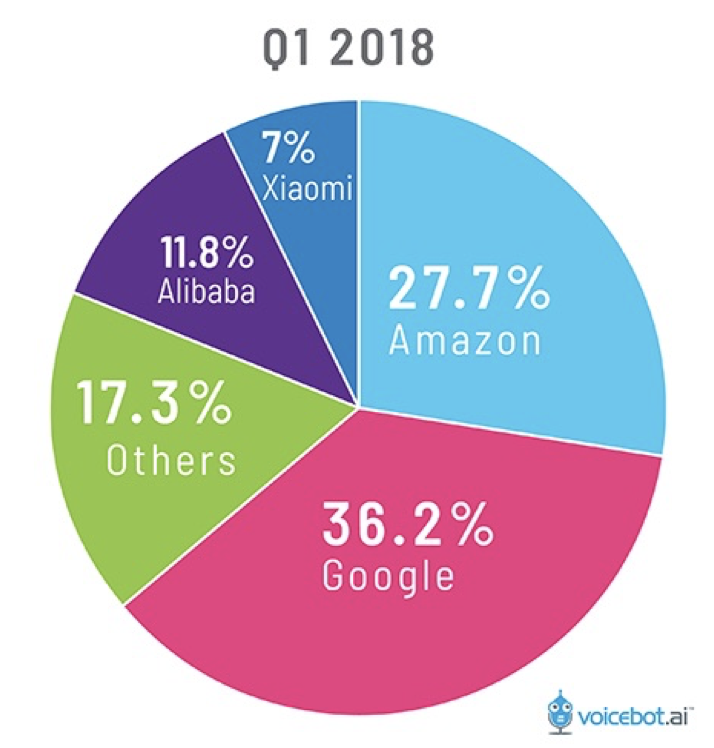
The Alexa Skill capability provides an enormous opportunity for food and beverage marketers, and yet only 7% of Alexa’s top 100 skills are devoted to this industry. There is some room for growth there, if you’re ready to look toward the future with your marketing strategy.
So, what is an Alexa Skill? These skills can be created for free with the Alexa Skill Kit, and can be used to bolster your brand through voice-activated actions on the Amazon Echo. For instance, the MySomm Alexa Skill lets you ask for wines that pair well with your favorite foods. What Beer? can do the same for your favorite brews.
Is your mind already spinning with options you could try with your own CPG Alexa Skill? You could provide recipes, give nutrition information, create meal plans, track calories, and so much more.
Now, let’s put this all together: voice search optimization, an audio logo, and an Alexa Skill. Can you picture your brand in this new smart speaker future? Let’s bring your CPG brand into the here and now so you can grow with these incredible technologies. When you’re ready, we’re here to help.

